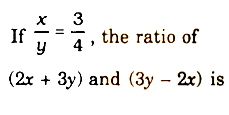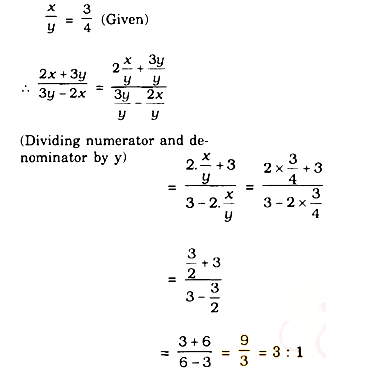Digitization help student to explore and study their academic courses online, as this gives them flexibility and scheduling their learning at their convenience. Kidsfront has prepared unique course material of Quantitative Aptitude Number Series for SBI PO Exam student. This free online Quantitative Aptitude study material for SBI PO Exam will help students in learning and doing practice on Number Series topic of SBI PO Exam Quantitative Aptitude. The study material on Number Series, help SBI PO Exam Quantitative Aptitude students to learn every aspect of Number Series and prepare themselves for exams by doing online test exercise for Number Series, as their study progresses in class. Kidsfront provide unique pattern of learning Quantitative Aptitude with free online comprehensive study material and loads of SBI PO Exam Quantitative Aptitude Number Series exercise prepared by the highly professionals team. Students can understand Number Series concept easily and consolidate their learning by doing practice test on Number Series regularly till they excel in Quantitative Aptitude Number Series.
 A and B entered into a partnership investing Rs 16000 and Rs. 12000 respectively. After 3 months A withdrew Rs. 5000 while B invested Rs. 5000 more. After 3 more months C joins the business with a capital of Rs 21000. The share of B exceeds that of C, out of a total profit of Rs. 26400 after one year by
A and B entered into a partnership investing Rs 16000 and Rs. 12000 respectively. After 3 months A withdrew Rs. 5000 while B invested Rs. 5000 more. After 3 more months C joins the business with a capital of Rs 21000. The share of B exceeds that of C, out of a total profit of Rs. 26400 after one year by Correct Answer Is : Rs. 3600
Correct Answer Is : Rs. 3600

 Correct Answer Is : 3:1
Correct Answer Is : 3:1
 What must be added to each term of the ratio 2:5 so that it may equal to 5:6?
What must be added to each term of the ratio 2:5 so that it may equal to 5:6? Correct Answer Is : 13
Correct Answer Is : 13 If 3/4 of a number is 7 more then 1/6 of the number, then 5/3 of the number is
If 3/4 of a number is 7 more then 1/6 of the number, then 5/3 of the number is Correct Answer Is : 20
Correct Answer Is : 20 If A and B are in the ratio 4:5 and the difference of their squares is 81, what is the value of A?
If A and B are in the ratio 4:5 and the difference of their squares is 81, what is the value of A? Correct Answer Is : 12
Correct Answer Is : 12 If two numbers are in the ratio 2 : 3 and the ratio becomes 3 : 4 when 8 is added to
both the numbers is
If two numbers are in the ratio 2 : 3 and the ratio becomes 3 : 4 when 8 is added to
both the numbers is Correct Answer Is : 40
Correct Answer Is : 40
 The ratio of the first and second class fares between two stations is 4 : 1 and that of the number of passengers travelling by the first and second class is 1 : 40. If Rs. 11000 is collected as total fare, then the amount collected from the first class passengers is
The ratio of the first and second class fares between two stations is 4 : 1 and that of the number of passengers travelling by the first and second class is 1 : 40. If Rs. 11000 is collected as total fare, then the amount collected from the first class passengers is Correct Answer Is : Rs. 1000
Correct Answer Is : Rs. 1000 The ratio of two numbers is 3 : 4 and their LCM is 180. The second number is
The ratio of two numbers is 3 : 4 and their LCM is 180. The second number is Correct Answer Is : 60
Correct Answer Is : 60 Which of the following represents a correct proportion?
Which of the following represents a correct proportion? Correct Answer Is : 12:9 = 16:12
Correct Answer Is : 12:9 = 16:12 Three numbers are in the ratio 1 : 2 : 3 and their HCF is 12. The numbers are
Three numbers are in the ratio 1 : 2 : 3 and their HCF is 12. The numbers are Correct Answer Is : 12, 24, 36
Correct Answer Is : 12, 24, 36